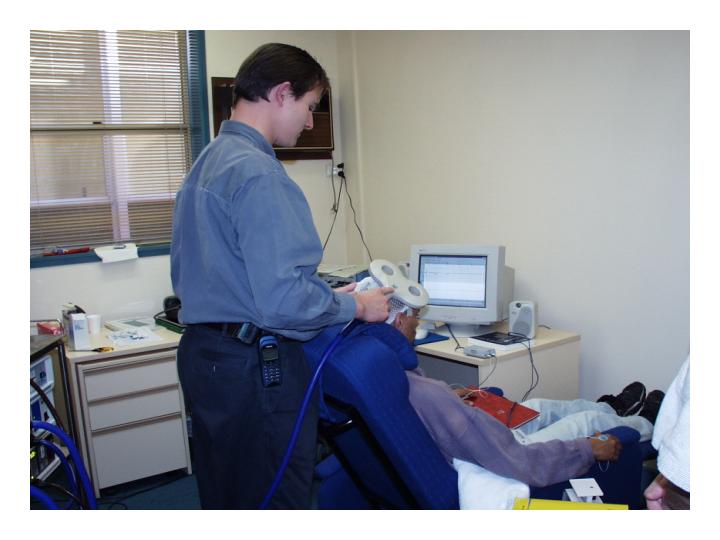|
The development of transcranial magnetic stimulation (TMS) as a therapy for patients with a depression, has been one of the most important fundamental advances in psychiatric therapeutics since the 1960’s. This is not just hyperbole. Almost all of the drugs we use in psychiatry today are derivative of approaches developed in the 1950s and 1960s. Psychotherapy has certainly improved and evolved but again, the forms used today are direct descendants of approaches developed decades ago. Finally, ECT certainly has improved but remains fundamentally connected to its past. TMS, in contrast, is one of the few essentially new treatments that have developed de novo, and one already helping many thousands of patient.
TMS is really not new, but is only making headway as a treatment in many places around the world now, and only slowly. In fact, the time it has taken for TMS to develop as a treatment has really been quite considerable. The first TMS machine was developed in 1985 but we can’t really date therapeutic TMS from this time as that device could not provide the repetitive stimulation need for treatment applications. Machines that could, however, were developed within the following decade and the first meaningful trials of TMS in depression were published in 1995. It took 13 years until a TMS machine was first approved by the FDA in the US but it is has taken many more years than this, in the majority of cases well over another decade, for approval and widespread uptake to occur in most other countries. This is still not universal.
2 Comments
The escalating publication of redundant, unnecessary and misleading meta-analyses is a growing blight which requires containment.
As a journal editor and reviewer I am repeatedly receiving, and now frequently recommending rejection for, meta-analyses of studies in the brain stimulation field. For a long time these were studies of transcranial magnetic stimulation (TMS), but now meta-analyses of transcranial direct current stimulation (tDCS) studies are propagating faster than the studies exploring the use of the technique themselves. Why is this a problem, why am I ranting and why should anyone care? Over recent years there has been a laudable and impressive effort to reduce the stigma associated with mental health conditions such as depression, and to engage more people with these conditions in treatment, especially here in Australia. However, this has not been accompanied by a clear reduction in the consequences of depression, such as suicide, in our community. There are lots of possible reasons for this failing but a completely under-recognised one concerns the limited effectiveness of the treatments we currently have available.
Whilst there are also issues with access to, and the effectiveness of, psychological treatments, I want to focus here on the limitations of existing antidepressant medication treatments. I want to make really clear up front that some patients are helped extremely well by these medications, they can change the lives of patients who respond to them, restoring their ability to function and lead fulfilling lives. |
ArchivesCategories |
Proudly powered by Weebly



 RSS Feed
RSS Feed